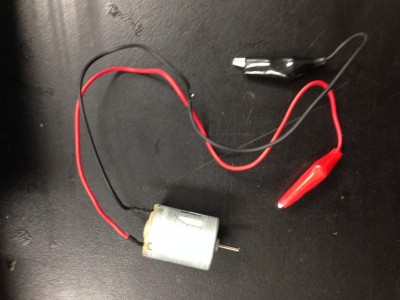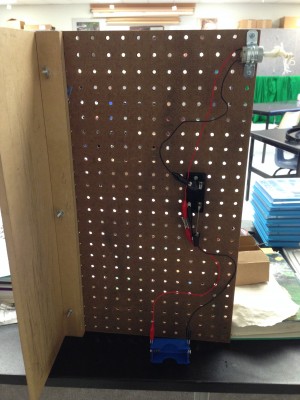I use Carolina’s STC/MS Energy, Machines, and Motion kit (EMM) with my 6th graders. The lessons in this kit are well structured to take advantage of how people learn by making sure every lesson starts by eliciting prior knowledge of students with questions that students investigate through different labs. The procedures are laid out, step by step, in the lesson for each lab. Then each lab ends with reflection questions for students to ponder and help them figure out what they learned. Eliciting prior knowledge and reflecting on what you’ve learned is especially helpful in Science because in order to become scientifically literate you need to challenge your misconceptions with true science concepts until your misconceptions are replaced with the truth.
While following a step-by-step procedure is helpful for learning specific concepts it is also necessary to let the students design their own investigations and experiment including writing their own step-by-step instructions.
We started an inquiry on the Force of a Motor (Lesson 7 for those familiar with the kit) with the question, “How strong is your motor?” I showed the motors we would be using, pictured below.
Then I showed them the materials we would be using and I said that to be able to compare results all teams would have access to the same materials. Based on the materials shown below (not including string, a large paper clip to be used as a hook, large washers for the motor to lift, and rechargeable D-cell batteries) students brainstormed different ways they could arrange the peg board with all the materials to get the motors to lift as many washers as they can.
With 6th graders I use Inquiry Boards to help them plan the whole experiment for the lesson (Lesson 7, The Force of a Motor). That is a perfect lesson to let the students design their own investigations. When it comes time to think up different variables we could change to affect a change on the amount of washers the motor can lift each class came up with six or seven different things we could try whereas in the book they only used three (and frankly, two of the three in the book I had to share with students because they don’t usually come up with those on their own). So right from the start we get to try out different ways of arranging the equipment to see if it helps the motor lift more washers. Each table group then picked one of the variables to use as their one manipulated variable so that by the end of one or two rounds of experimenting each table presents which of their manipulated variable was the best one. With six different tables running different experiments we end up finding six different ways to optimize the lifting capacity of the motor!
So event though this EMM kit is really good at using inquiry to help students learn about energy, machines, and motion, putting the book away for one or more labs and letting students design the investigation from start to finish, with the help and guidance of the teacher and Inquiry Boards, adds another layer by having students wrestle with different ways to answer questions scientifically. It’s also great practice writing steps in a way that makes sense and can be followed by any reader.
Here’s a quick video I shot of one of my 6th grade classes testing their hypotheses out to see how many washers they can get their motors to lift depending on what their manipulated variable was:




















































